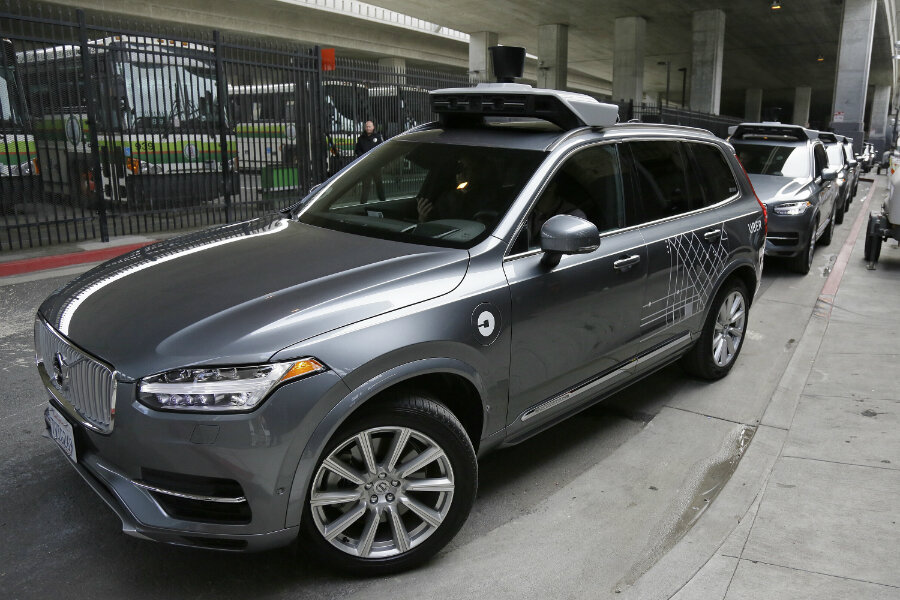Uber moves self-driving fleet to Arizona after program shut down in California
Loading...
In mid-December, Uber added San Francisco to the list of cities where the company is testing self-driving prototypes. However, the ride-sharing giant on Thursday said it was moving the prototypes to Phoenix, Ariz.
Uber never obtained a permit for testing self-driving cars on California’s roads, arguing that the permit applies only to cars that can drive without someone controlling or monitoring them, which isn’t the case for the company’s prototypes yet. From a technology perspective, Uber says its prototypes operate in the same way as vehicles equipped with advanced driver assist technologies, for example Tesla [NSDQ:TSLA] cars equipped with Autopilot.
California’s DMV didn’t see it this way and chose to revoke the registration of the prototypes in Uber’s test fleet, in this case Volvo XC90s fitted with Uber’s own self-driving technology. It probably didn’t help Uber’s case that a video emerged showing one of the prototypes running a red light.
Following an invitation from Arizona Governor Doug Ducey sent on Wednesday, Uber started shipping the prototypes over to Phoenix using trucks from Otto, a subsidiary of Uber developing self-driving technology for transport trucks. Uber hasn’t announced when the prototypes will start testing again, nor provided details about how many will be used. Uber previously had 16 of them registered in California.
Uber has successfully tested self-driving prototypes in Pittsburgh, Penn. for the past several months. The company is also likely to start testing them in Michigan following the signing of the SAVE Act legislation earlier in the month, the most lenient yet when it comes to self-driving cars.
This story originally appeared on MotorAuthority.







